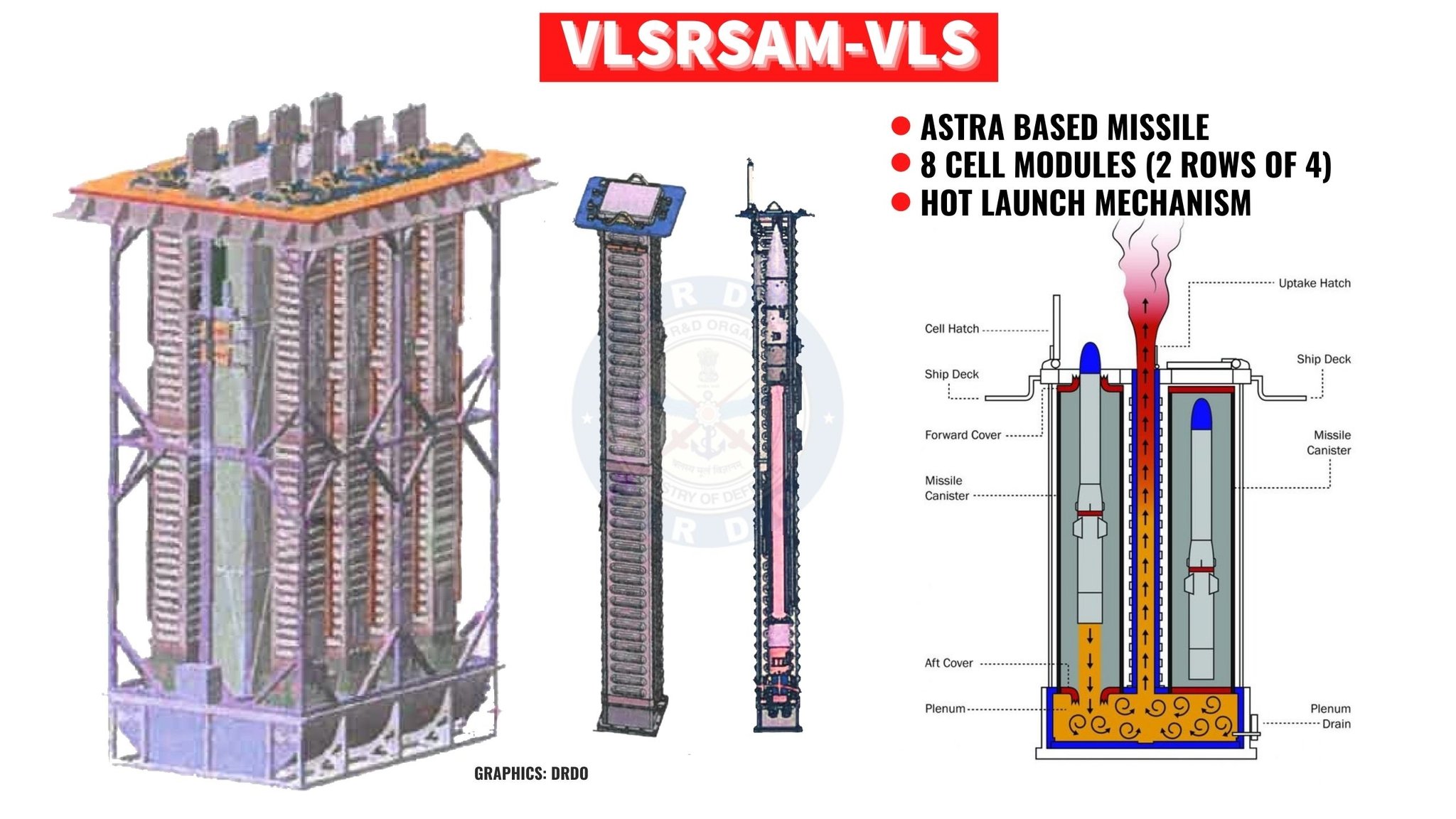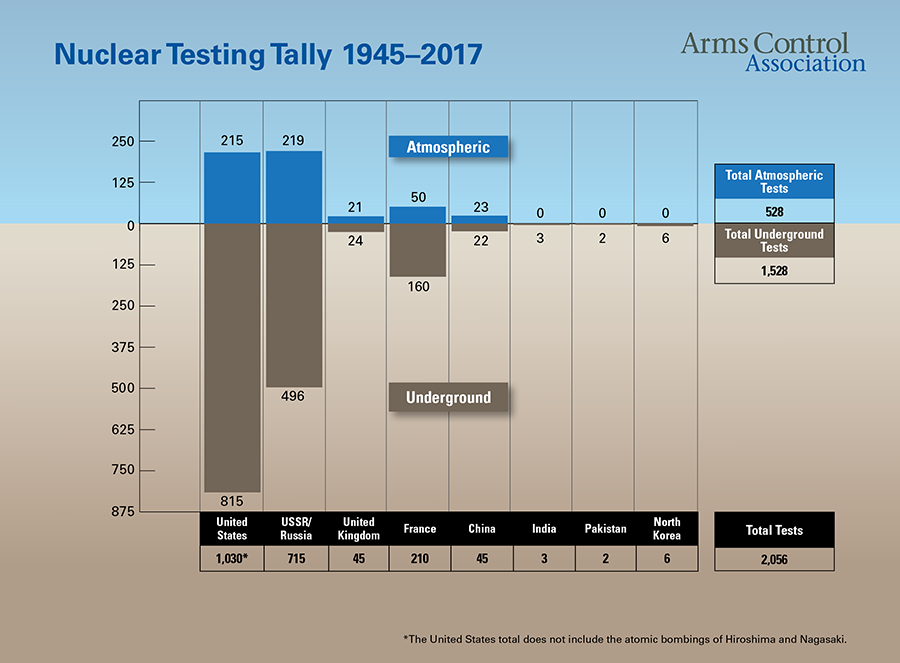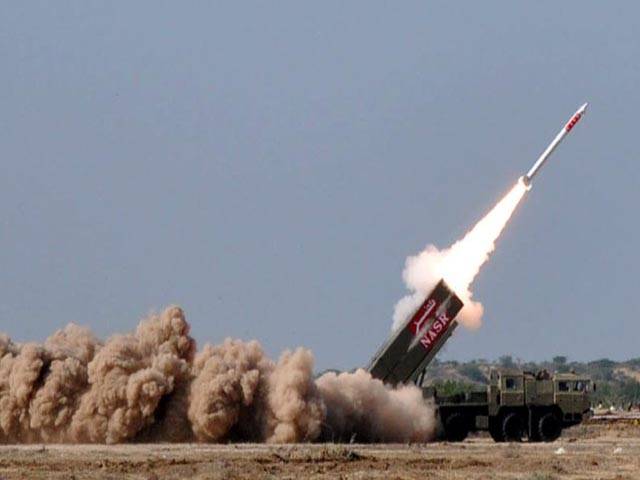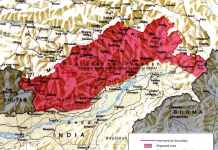Whether it is a coincidence or not, over the 20-month-long border standoff with China in Ladakh, India has tested several missile systems, ranging from SRBM to MRBM to ASCM to SLBM to ICBM to hypersonic cruise missiles verities, some of whom could carry nuclear warheads.
More than being perceived to be closing the missile gap with China, these tests have led to speculations about whether India is reconsidering its stated official policy of “no first use” (NFU) of its nuclear weapons.
Series Of Missile Tests
On December 18, India tested for the second time (the first time was in June) its new “Agni-P” medium-range ballistic missile. It was officially described by New Delhi as a “new generation” nuclear-capable ballistic missile. “As our ballistic missiles grew in range, our technology grew in sophistication.
Now the early, short-range missiles, which incorporate older technologies, will be replaced by missiles with more advanced technologies. Call it backward integration of technology”, it was said.
The Agni-P is India’s first shorter-range missile to incorporate technologies now found in the newer Agni-IV and -V ballistic missiles, including more advanced rocket motors, propellants, avionics, and navigation systems. It is being developed as a successor to Agni-I and Agni-II missiles in the operational service of Strategic Forces Command.
It may also be noted that India tested new Agni-V intermediate-range ballistic missiles in October last year. Although ICBMs are typically defined as having a range of 5,500 kilometers or more, independent assessments put the full range of the Agni-5 at 8,000 kilometers with a 1.5-ton warhead.

This test, unlike the five previous tests of the Agni-V, was launched in full operational configuration by the Strategic Forces Command, and that too for the first time the system was launched at night.
However, what is most noteworthy in all these missile tests is that the Agni-P and Agni–V are marked by the feature of “canisterization”, which, in turn, has invited speculations about India changing its nuclear posture of NFU.
Canisterization Of Missiles
Canisterization implies storing missiles inside a sealed, climate-controlled tube to protect them from the outside elements during transportation. In this configuration, the warhead can be permanently mated with the missile instead of having to be installed prior to launch, which would significantly reduce the amount of time needed to launch nuclear weapons in a crisis.
Canisterization is a new feature of India’s Strategic Forces, which, earlier was against “pre-mating” of warheads with missiles. Warheads were kept separately, thereby meaning that India will not be using nuclear weapons at a short notice and that it would only consider using them only when attacked with nuclear weapons by any adversary.

The basic point that some nuclear experts make is that If Indian warheads are increasingly mated to their delivery systems, then it would be harder for an adversary to detect when a crisis is about to rise to the nuclear threshold.
With separated warheads and delivery systems, the signals involved with mating the two would be more visible in a crisis, and the process itself would take longer. But widespread canisterization with fully armed missiles that could be possibly stored at select airbases would shorten warning time.
‘No First Use’ Policy
India’s Defense Minister Rajnath Singh has further interested these analysts by publicly questioning India’s future commitment to its no NFU policy in a tweet in August 2019 that “India has strictly adhered to this doctrine. What happens in the future depends on the circumstances”
Of course, global arrangements or regimes are based on the declared policies of the governments of the member-states, not on the individual pronouncements of the ministers and ruling party members. Though in its manifesto for the 2014 general elections, the ruling Bharatiya Janata Party (BJP) had promised to review India’s nuclear doctrine; so far, the Modi government has not officially pronounced any change of plan.
On 11 May 1998, India successfully conducted three nuclear tests in Pokhran under the firm leadership of Sh Vajpayee Ji.
This momentous day began the process for the world to acknowledge India as a responsible nuclear power.#OperationShakti pic.twitter.com/cwdpxZgC7H— Hardeep Singh Puri (@HardeepSPuri) May 11, 2021
It may be noted that in the strict sense of the term, India does not have a proper nuclear doctrine. Possibly, it is a part of India’s strategic culture to keep things and policies as ambiguous as possible, leaving them to many and different interpretations.
What India actually has is a “draft nuclear doctrine”, released on August 17, 1999, by the then-National Security Advisor Brajesh Mishra. Some clarifications on this draft were “shared with the public” on January 4, 2003, through a press release by the then Cabinet Committee on Security.
Salient Features Of India’s Nuclear Doctrine
India’s draft doctrine at the moment has the following key features:
• While committed to the goal of a nuclear-weapon-free world through global, verifiable and non-discriminatory nuclear disarmament, India, till the realization of this goal, will possess nuclear weapons.
• India will build and maintain a credible minimum deterrent.
• India will not use nuclear weapons against non-nuclear-weapon states.
• India will not be the first to use nuclear weapons. But if it is attacked by nuclear weapons in its territory or on Indian forces anywhere, then its nuclear retaliation to a first strike will be massive and designed to inflict unacceptable damage to the aggressor.
• In the event of a major attack against India, or Indian forces anywhere, by biological or chemical weapons, India will also retain the option of retaliating with nuclear weapons.
• India will continue strict controls on the export of nuclear and missile-related materials and technologies, participation in the Fissile Material Cutoff Treaty negotiations, and continued observance of the moratorium on nuclear tests.
• India’s Nuclear Command Authority comprises a Political Council and an Executive Council. The Political Council is chaired by the Prime Minister. It is the sole body, which can authorize the use of nuclear weapons. The Executive Council is chaired by the National Security Advisor. It provides inputs for decision-making by the Nuclear Command Authority and executes the directives given to it by the Political Council.
India ‘Tweaked’ Its Nuke Policy?
In the clarifications that were given in 2003, two important changes were made to the draft doctrine of 1999. The draft doctrine had said: “Any nuclear attack on India and its forces shall result in punitive retaliation with nuclear weapons to inflict damage unacceptable to the aggressor.”

The 2003 clarifications said: “Nuclear retaliation to a first strike will be massive and designed to inflict unacceptable damage to the aggressor.” The emphasis here should be given to the addition of the word “massive”.
The second important change in the 2003 clarifications was that a new scenario was added under which India would retaliate with nuclear weapons, and that was the attack through biological or chemical weapons on India or on Indian forces anywhere.
What emerges from the above is that India’s nuclear weapons posture, after the country went officially nuclear in 1998, did undergo changes during the Vajpayee regime itself. The point is that beliefs and principles are not immutable.
Nations and their leaderships change with the efflux of time. And circumstances require their national doctrines to be revisited, reviewed, and recast if deemed necessary.
Pros and Cons Of NFU Policy
Many pundits argue that India’s NFU policy really needs a healthy debate. The United States or for that matter, other western nuclear powers such as Britain and France do not have the NFU policy. Russia, which initially had an NFU pledge, has withdrawn it long ago. China, another country that professed NFU policy, is now ambiguous on it.
In September, former Chinese ambassador for disarmament affairs to the UN in Geneva, Sha Zukang, said China should review its policy of not being the first to use a nuclear weapon in a conflict.
Though China had pledged the NFU policy way back in 1964, Sha suggested that Beijing should now “fine-tune” that policy to counter a US military presence that had grown in the region since America started to regard China as a major rival, or even an adversary.
Even otherwise, China had asserted before that its NFU would not apply against countries that are in possession of the Chinese territory. That means that China’s NFU does not apply to India as it asserts claims to Indian territories in Jammu and Kashmir, Ladakh, and Arunachal Pradesh.

That leaves Pakistan, India’s other major adversary. But Pakistan too does not believe in NFU. It has developed “Nasr” ballistic missiles with a range of 60 km that is capable of carrying nuclear warheads.
These have been specifically built with the intention of targeting not only Indian cities but also Indian military formations on the battlefield.
The concept of NFU has other problems as well. For one, imagine that there is a conventional war between India and Pakistan (or for that matter China), and Indian forces target military establishments within the enemy territory.
They do not know which of these establishments are nuclear or nonnuclear and in the process of their operations, they hit an enemy target that turns out to be a nuclear one and the consequent results are strategically horrible. Will it mean that India did not observe its NFU pledge?
For another, imagine also a situation when the Indian forces engaged in conventional wars simultaneously against China and Pakistan find it difficult to carry on. And here, as the situation challenges the very integrity of the country, should one not exercise the nuclear option?
After all, India has already modified its nuclear posture in the events of chemical and biological attacks. Why should then it tie its hands with the NFU when faced with multi-fronted attacks on our territories or forces?
Thirdly, a review is also argued to be due on the concept of India’s “massive” nuclear retaliation when attacked by nuclear weapons, particularly when Pakistan is openly preparing to use what it says tactical nuclear weapons (TNW) through “Nasr” missiles against India’s superior conventional forces.
Now, suppose, one of India’s Army’s tank columns is attacked by Pakistan’s tactical nuclear weapons. Should then India go for a massive retaliation to destroy the whole of Karachi or Lahore? Will not that be highly disproportionate and unethical? If so, should India not go for a proportionate retaliation with its own TNW?
And if India really goes for tactical nuclear weapons, then there will be a new problem. By their very nature, the TNWs and their eventual uses are better determined on the spot, that is, on the battlefield itself, by the military commanders concerned. How then will that go with the country’s strict provision that it is only the Prime Minister who will decide when and where to use our nuclear weapons?
All these are very tricky but vital questions. But answers to them are overdue, analysts say.
- Author and veteran journalist Prakash Nanda is Chairman of Editorial Board – EurAsian Times and has been commenting on politics, foreign policy on strategic affairs for nearly three decades. A former National Fellow of the Indian Council for Historical Research and recipient of the Seoul Peace Prize Scholarship, he is also a Distinguished Fellow at the Institute of Peace and Conflict Studies. CONTACT: prakash.nanda@hotmail.com
- Follow EurAsian Times on Google News




